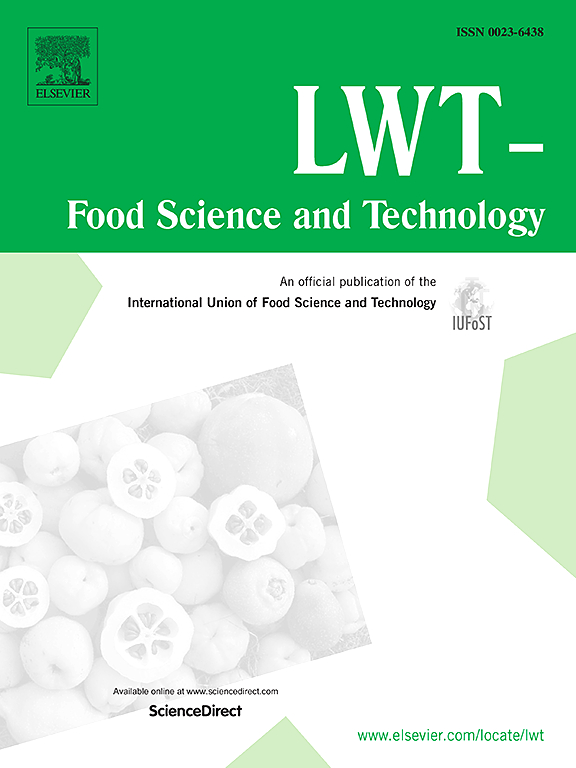Texture characterization of semi-solid foods for older adults: Sensory analysis and instrumental approaches
IF 6
1区 农林科学
Q1 FOOD SCIENCE & TECHNOLOGY
引用次数: 0
Abstract
Food texture is a critical consideration in the development of food for older adults. This study focuses on the texture characterization of semi-solid foods tailored for older individuals with chewing/swallowing difficulties. The research involved sensory texture analysis of various semi-solid food products. Eighteen sensory texture attributes perceived at different stages of the ingestion process were developed. The intensities of these attributes were rated on a 15-point scale for each product. Instrumental texture analysis was also conducted, measuring hardness and viscosity according to standards for senior-friendly foods set by the Korean Industrial Standards (KIS). A back extrusion test profiled the product attributes on 17 texture parameters. These instrumental results were correlated with the sensory data using multiple factor analysis. Using the hierarchical clustering method, the products were categorized into three groups based on texture similarities. Results showed that all samples satisfied the level three criteria (masticatable with tongue) of the KIS for senior-friendly food. Positive correlations were observed between force-related parameters and sensory hardness, as well as parameters related to distance and viscosity. The texture profiling methods developed and the texture properties of the semi-solid samples profiled provide standards and references for the development of food for older people.
求助全文
约1分钟内获得全文
求助全文
来源期刊

LWT - Food Science and Technology
工程技术-食品科技
CiteScore
11.80
自引率
6.70%
发文量
1724
审稿时长
65 days
期刊介绍:
LWT - Food Science and Technology is an international journal that publishes innovative papers in the fields of food chemistry, biochemistry, microbiology, technology and nutrition. The work described should be innovative either in the approach or in the methods used. The significance of the results either for the science community or for the food industry must also be specified. Contributions written in English are welcomed in the form of review articles, short reviews, research papers, and research notes. Papers featuring animal trials and cell cultures are outside the scope of the journal and will not be considered for publication.
 求助内容:
求助内容: 应助结果提醒方式:
应助结果提醒方式:


